Next week I will have been in Costa Rica for 1 year. It’s crazy how time flies! And maybe it’s even crazier that I have never written anything about the diving here. That being said, let’s put things right.
Today I was guiding a trip to Islas Murciélagos, Bats Islands in English. Islas Murciélagos is a chain of islands, all the way up north, close to the border with Nicaragua. The islands are part of the Santa Rosa National Park, which means fishing is forbidden. For that reason, the islands are home to a wide array of fauna and flora. The trip to Bats is a trip we only organize from May until October, because during that period bull sharks come to the islands to find a mate.

With our boat, the Straydog, it takes us about 1.5 hours to reach the islands. As the diving is usually better early in the morning, we leave with the customers at 6am, walking them to the beach. The guides arrive a bit earlier in the shop to prepare everything, so today I started work at 5:30am. Pretty early, but if you’ve read my previous post, you know that’s basically lunch time for me. No hahah, I’m still waking up at 3:30am every day, so before going to work at 5:30am, I had already learned 20 new Indonesian words, did a small workout and read for an hour.
On the boat today, we were 2 guides for a group of 5 people. The other guide was my Costa Rican colleague Juan, also known as Batman. Or Tarzan. Basically any cartoon figure will do. The plan was to do 3 dives in the Marine Park. That’s why the group was only 5 people. 7 divers, doing 3 tanks each, that’s 21 tanks, not counting the spare. More than that we don’t take on Straydog. So we set off a bit after 6am, direction Bats. The waves made the ride a bit bumpier than usual, so the trip took a little longer than 1.5 hours. On the way though, we had our first encounter of the day, not counting the dozens of Pelicans we see daily in the bay of our Playas del Coco. A pod a dolphins followed in the slipstream of our boat and caught our attention. For about a minute there were a few ‘oohs’ and ‘aahs’ and then they disappeared again.
We arrived at the first dive site, located all the way at the tip of the Bats archipelago. The spot is called, Big Scare, for obvious reasons, because that’s where the bull sharks are. Bull sharks have a pretty bad reputation because of their aggressive nature and because they are responsible for the majority of near-shore shark attacks. They are big and bulky, measuring up to 3m in length and weighing as much as 300kg. They are quite unique as they can survive in both salt and fresh water, being found up to 4000km upstream of the Amazon river in Peru. Yup, big and nasty f*ckers. However, before you’re wondering why the hell we would even want to have an encounter with these beasts, as a diver I feel completely safe diving with them. Every shark attack occurs when a shark mistakes you for food. A shark doesn’t eat people ever. Shark bites only occur because of bad visibility, a trick of the light, feeding or other circumstances where a shark is not really sure what you are and decides to try and see how you taste. As a diver, you have a metal tank strapped to your back and you blow a continuous stream of noisy bubbles, so the shark is very much aware that you’re not food.
So, back to Bats. After giving a nice briefing about our dive site we jumped in the water and started our first dive. It took less than a minute before we saw the first bull shark. And then another one. We were still on our descent and there they were, swimming at a depth of around 15m, following the wall of rocks, descending from the island. Wow. Forget What I’ve just said, we’ve all seen Jaws, I’m out of here! No hahah, they move so graciously through the water, so calm, that they don’t really look scary at all. Impressive yes, but scary, no. During the whole dive we saw more than a dozen of them, some pretty small, probably young males, some huge and very bulky, grown females. There were also moray eels, an octopus, nudibranch and thousands of fish, but the main attraction of the first dive were definitely the bulls.
After surfacing we relived the dive, talking vividly to each other, while enjoying a few snacks. We gave the clients the option to chose where to do the second dive. Because Big Scare is the only spot where we can observe the bull sharks, they all voted to do the second dive in the same spot. So, after an hour on the surface and a new briefing, giving some guidelines to our guests, we went in for the second dive. Things started of slowly. We descended without issues, saw a few moray eels, but no bull sharks yet. While we were waiting on the surface a few other groups had made the dive and it seemed that the sharks had gotten a little shy. Also had the visibility gone down a bit in a few areas. In the Pacific, visibility can change in a matter of minutes.
I was in front of the group scanning left and right for shadows in the distance when I suddenly heard a muffled scream. ‘Mmmhm! Mhhhm!’ As I look back to see who wanted my attention, I saw a huge shadow in the distance, about 5m higher then we were. The first instant I thought it was a huge bull shark that swam pretty high, but soon I realized it was way too big to be a bull shark. Approaching us slowly, was a whale shark! The biggest shark in the world, but a plankton-feeder. Wow again! This one must’ve been about 5m big, not fully grown yet but still as big as a small boat. On its belly and tail were a bunch of remoras, better known as shark suckers. What a sight. As soon as the whale shark had passed we spotted a few bull sharks pretty close by. I followed them while they passed in front of us, turned my head and a shadow in the corner of my eye caught my attention. No freaking way. Above us, approaching, was a manta ray! It’s wingspan probably between 3 and 4 meters big, it blocked the sun at it passed over our heads. Again wow! Craziness. In what place on earth can you spot a whale shark, bull sharks and a manta ray in the same minute? After this madness we enjoyed the rest of our dive, saw some bull sharks in the distance, but it seemed like this late in the morning, they didn’t feel like coming very close anymore. Juan also managed to find a few bull shark teeth, so now I have a great souvenir!

Back on the boat everyone was ecstatic. I saw lots of smiles and happy faces while we enjoyed our lunch. We were about to leave to the next dive site when captain Oldemar shouted ‘Ballenas!’ A good distance away he had spotted the blow of a whale as it surfaced to take a breath. We went closer and soon saw that there was not just 1 but 5 humpback whales around. More ‘oohs’ and ‘aahs’ and I had lost count at how many times today I had was thinking wow. After a few minutes we continued our way and spent the rest of the surface interval in a nice and shallow bay, with crystal clear water. As we had already done 2 deep dives, we had a whole lot of nitrogen dissolved in our blood, so we had to wait a good while on the surface to give our body time to recover and get rid of some of the nitrogen before starting our last dive. After relaxing for a bit in the bay, captain Oldemar set course for our last dive site, Black Rock. Black Rock is a big, cone shaped rock formation, that starts all the way at the bottem at around 35m and goes all the way to the surface where the top part breaches during low tide. A dive at Black Rock means you do a tour around the rock and surface when someone is low on air. No bull sharks here, but still a ton of other animals.

As we jumped and made our descent we spotted a few eagle rays. It must’ve been 1.5m wide, but I couldn’t help thinking how tiny it was, compared to the manta ray of the previous dive. They are beautiful though, from their weird head to their mesmerizing patter on the back. We were only a few minutes into the dive when a bit shallower than us, in the distance another whale shark approached us! 2 times in 1 day, holy crap. This one was about the same in size as the first one, but it swam a bit slower, so – with some effort – we could kind of keep up for a while and I managed to make a small video.
About 10 minutes later we saw a whale shark again! And about 10 minutes later again! And again! What?! Of course it was the same shark, swimming loops around the rock, probably going on an afternoon stroll. You could almost set you clock to it. Every 10 minutes, the shark passed us and we stared with open mouths. Figuratively. The rest of the dive we saw some eagle rays and white tip reef sharks and slowly we started our ascent. What a day if eagle rays and white tip reef sharks only play the supporting roles, right? But the magic wasn’t over yet. The last 10 minutes of the dives we started hearing whales sing. Silent at first, but louder and louder, so by the time we were about to surface, it felt like they were right next to us. The variety of sounds is incredible. Only when you hear a whale song live, you know why they call it a song.
What a day. The way back to Playas del Coco was spent talking about our dives and the incredible amount of encounters we had with some of the giants of the ocean. Now you have an idea about the diving here in Costa Rica. We don’t have colorful coral reefs, but the amount of life is staggering. If you want a taste of Costa Rica, come and visit us at Rich Coast Diving and have the time of your life.
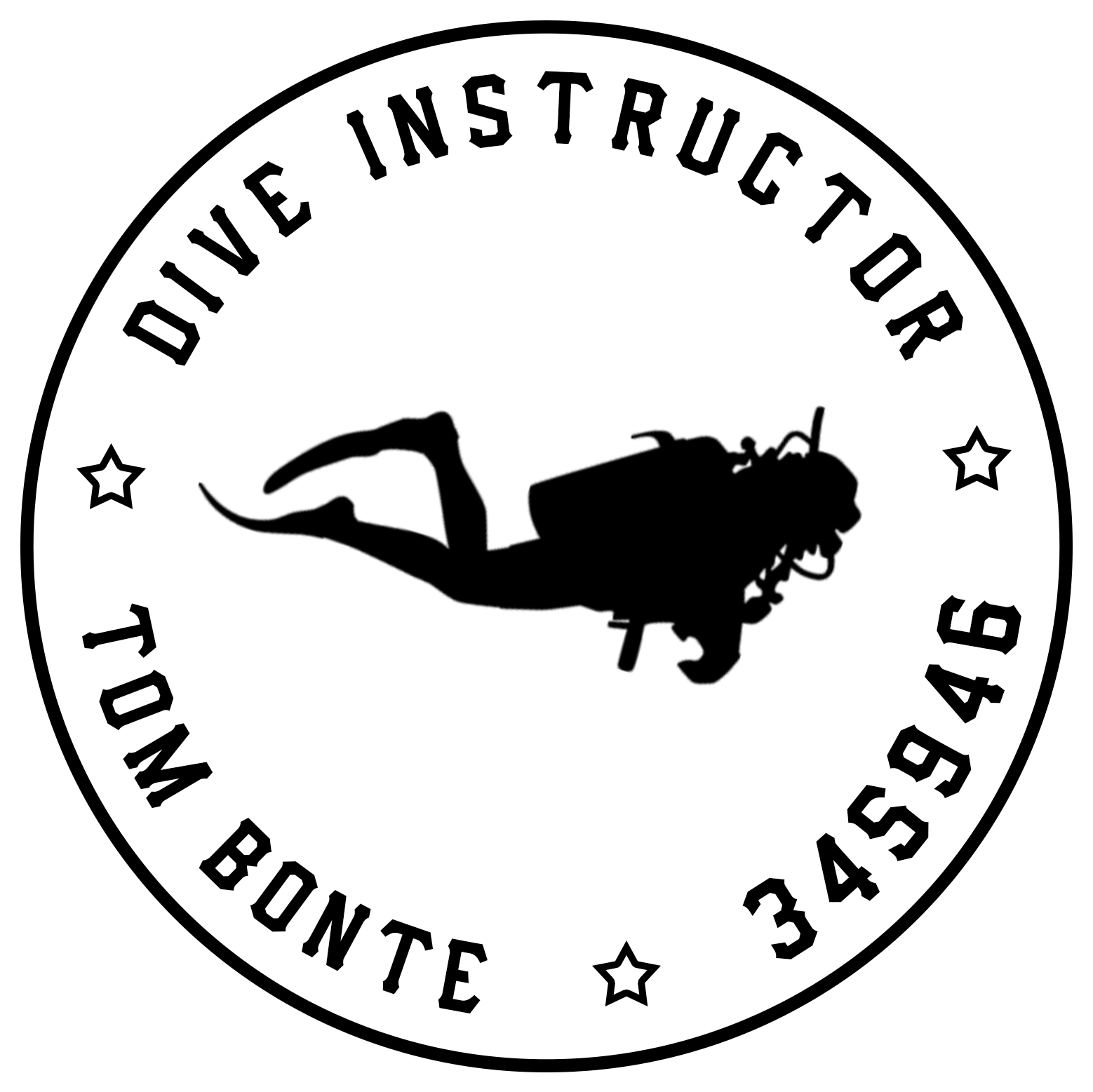

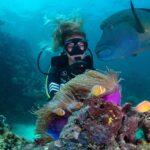
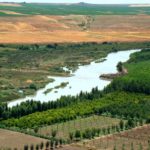
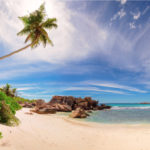
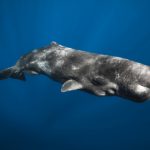



2 thoughts on “The best diving in Costa Rica”
Dag Tom, wat een ervaring zeg … ook leuk hoe je het verhaal vertelt .. het lijkt wel of ik erbij ben ! Ik wens je nog veel vervullende duiken en mooie dagen ! Seems you’re living the dream ! Heel veel groetjes van Marleen, Luc en Lotte
What a beautiful description of a fantastic day!
It was a pleasure to read. Indeed, it is a unique place on earth when these mastodons appear live before your eyes. We are so jealous! ;-))
Your mom and dad
Comments are closed.